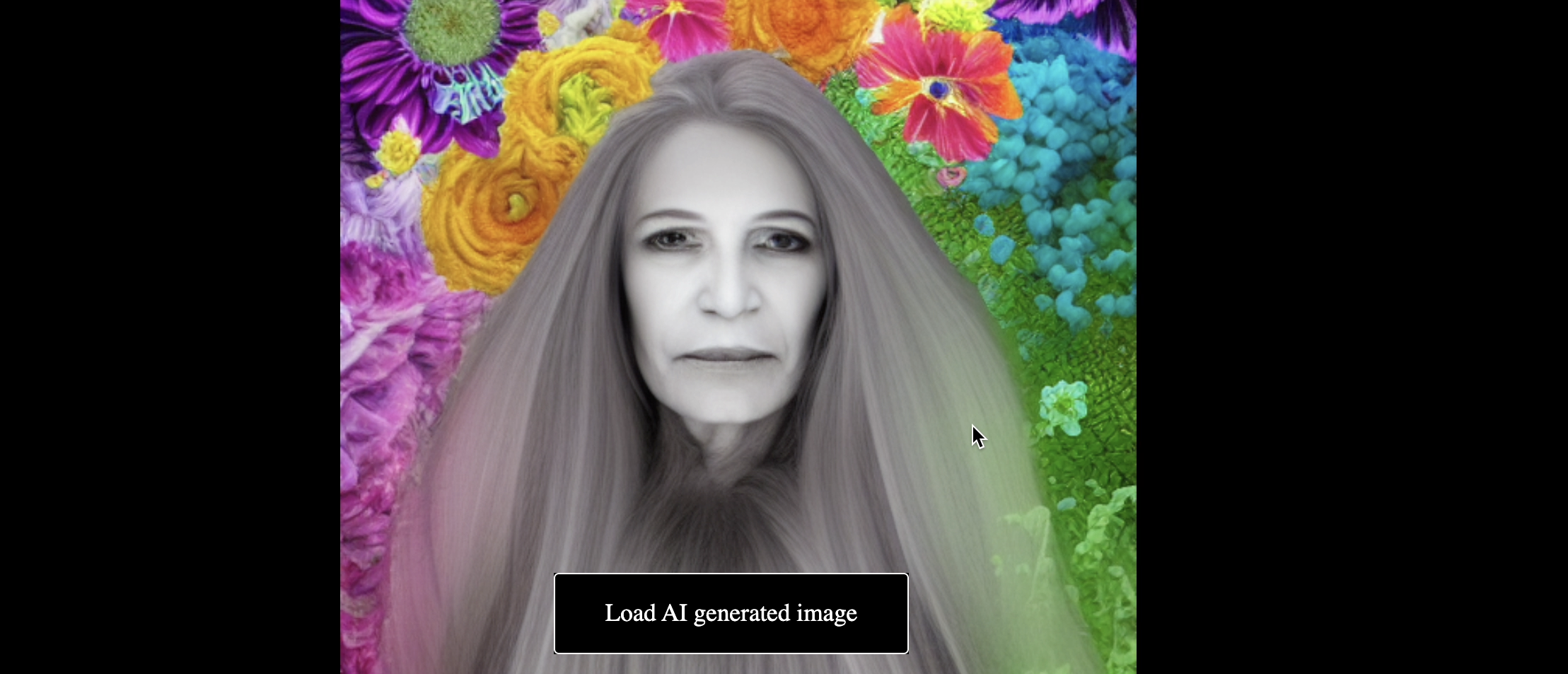
We can learn much from our past dreams and aspirations; some become realities, while others remain unfulfilled wishes. What can we learn from our past dreams, and what do we dream about now? How do we envision our future, and what do we think future generations will dream of? In this project, participants interact with the ‘Dream Sequencer’ to reflect on the evolution of our dreams through time and to discuss design’s role as a form of future-making.
On a different level, Dream Sequencer demonstrates the potential of generative AI to help create moments of reflection by making tangible things that would otherwise remain rather obscure. Generative AI becomes a kind of hauntological device.
Dream Sequencer was created for the ‘futures’ theme in Design United’s program for Dutch Design Week (2022). Visitors are invited to reflect on their past and future dreams by answering a few questions. Then these answers are used to create images with the help of Stable Diffusion generative AI.
With the help of generative AI images of your past dreams and future dreams are created
About R. Bendor, J.M. Castano, D. Lockton, Y. Kim & Epoch
Dream Sequencer was created for the 'futures' theme in Design United's program for Dutch Design Week (2022) by a collaboration of researchers and students from 4TU (TU/e, Wageningen University Research, UTwente and TU Delft).
For the evolution of Dream Sequencer at Highlight Delft the AI D:REAM Team Epoch worked on the further development of the software.
Thanks to
Thanks to Design United, Team Epoch
Concept: Roy Bendor, Julieta Matos Castano, Dan Lockton. Design: Yeun Kim. Programming: TU Delft Dream Team Epoch
